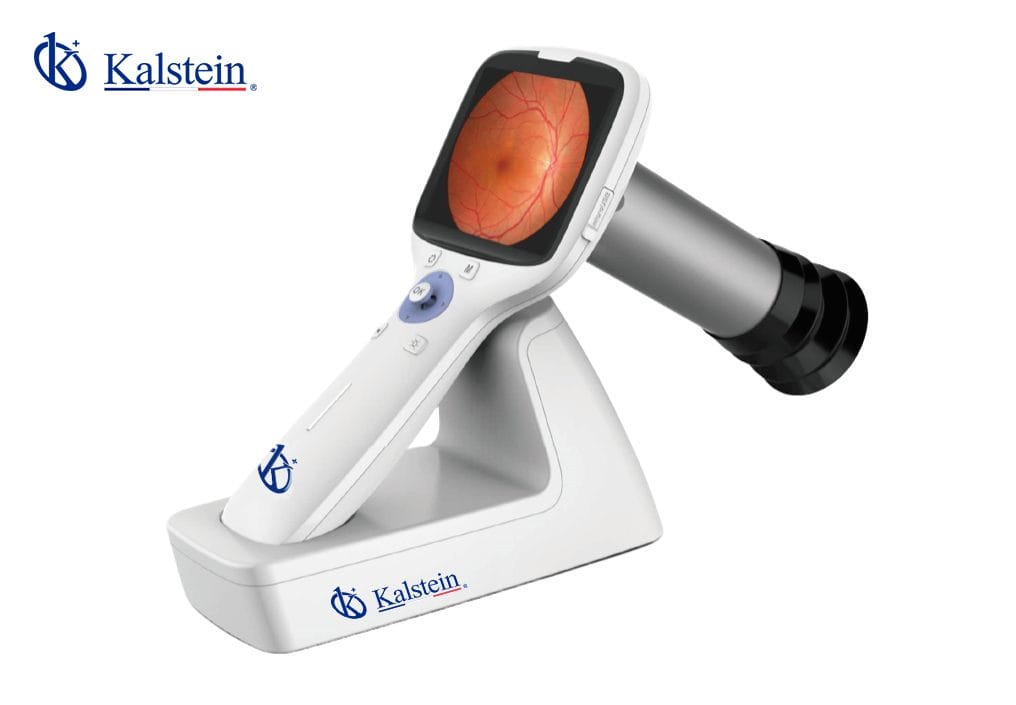Generally, all studies of the soft parts of the human body are known as echo, but for practical purposes, it is interpreted as ultrasound, which is in charge of examining and appreciating subcutaneous cell tissue (fat), muscles and supporting tissues in extremities, abdominal wall and neck.
By performing ultrasound, you can help in diagnosing conditions and assessing damage, (if you have them) of patients, and provide knowledge to prevent future injuries.
Ultrasound studies
Ultrasound studies help to establish situations and assess the damage to the limbs after a disease. Medical specialists use ultrasound to assess pain, inflammation and infections in a simple, non-invasive way, including but not limited to:
- Heart and blood vessels, including the abdominal aorta and its main ramifications
- Liver
- Gallbladder
- Spleen
- Pancreas
- Kidneys
- Bladder
- Uterus, ovaries and unborn child (fetus) in pregnant patients
- Eyes
- Thyroid gland and parathyroid gland
- Scrotum (testicles)
- Brain in infants
- Hips in infants
- Spinal column in infants
It should be noted that ultrasounds are used to guide operations and procedures, such as aspiration biopsies, in which needles extract cells from an abnormal area, for laboratory testing. As well as, diagnose various coronary diseases, including valve problems and congestive heart failure, and assess damage after a heart attack. Ultrasound of the heart is commonly known as “echocardiogram” or “echo” because of its short version.
On the other hand, Doppler ultrasound iconographies provide the specialist with analysis of blood flow obstructions (such as clots), tumors or congenital vascular malformations, which may indicate the presence of an infection. By knowing the mechanisms through Doppler ultrasound, the specialist can determine whether a patient is a good candidate for a procedure such as angioplasty.
Steps for Ultrasound
For the realization of ultrasound, it is recommended that professionals who handle scanners, have knowledge of the processes that must be met to transmit to the patient reliability and serenity, and in this way do not interfere in the results, in addition to complying with the following steps:
- The patient must be lying on a stretcher without moving.
- Apply antiseptic sliding gel in the areas to be studied, so that the transducer acts safely with the body.
- In case of children, it is sometimes recommended to sedate them to keep them still during the procedure.
- Remove the gel from patients after the study to avoid spots.
By means of the ultrasound studies, the location and power of determination of any anomaly or pathology presented by a patient is allowed in a timely, accurate and accurate manner. With such diagnoses, the objective is to seek to somehow compress mortality rates, when a person is treated long enough. In addition, this traditional practice of ultrasound, imaging and suggestive fields, can reveal diseases such as breast cancer, renal, neurological and cardiopathies symptoms.
Ultrasound scanner brand Kalstein
We at Kalstein are trained to provide you with all the advanced technology of our various medical equipment to meet all the demands of our users. Especially in YR models equipment, which have 15 inch color LED display with real Doppler function USB ports and VGA port and 2 probe connectors. In addition, we can mention a wide variety of ultrasounds, which are used to carry out studies of different parts of the body, among these we have for studies of abdomen, cardiac, gynecological, urology, small parts, vascular, pediatric and muscoequelet, with imaging modes: B 2B… 4B M B/C/B/D/B/C/D/B/CFM/D PDI Dual Color Simultaneous 2D Color/PW Duplex/Triple Composite Color. Color Doppler, based on Windows-based PCs, that can connect to any printer of any brand. The printed area is adjustable, which can be images, reports or image + report, etc. Built-in DICOM 3.0 protocol. HERE
Visit us on our website HERE.




